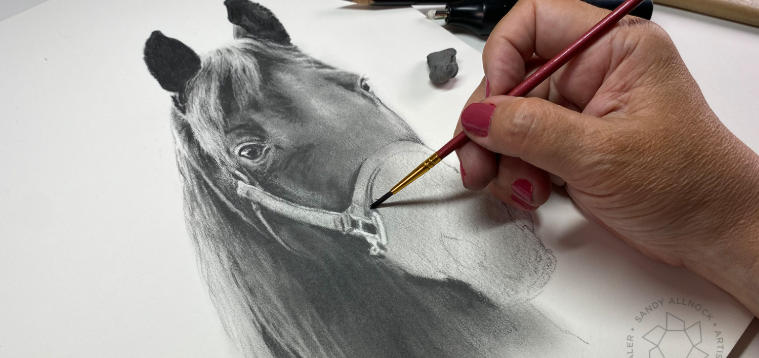Capturing the Majesty: Stunning Artwork of Horses Through the Ages
Horses have long fascinated artists, symbolizing beauty, strength, and freedom. From ancient cave drawings to contemporary masterpieces, the depiction of horses in art reflects their significant role in human history and culture. Exploring this artistic journey not only enriches our appreciation of the animal but also sheds light on the evolution of artistic techniques and styles.
The Evolution of Horse Art Through History
Throughout history, horses have served various purposes, from transportation to military use, making them integral to human development. Ancient cultures revered horses, often immortalizing them in their art. For instance, cave paintings such as those found in Lascaux, France, showcase early human interaction with these majestic animals. Artists used natural pigments to capture the essence of horses, conveying their power and grace. As artistic styles evolved, so did the representation of horses, shifting from symbolic portrayals to more realistic forms during the Renaissance.
The Role of Horses in Contemporary Art
Today, horses continue to inspire a wide range of artists across various mediums. Contemporary artists explore different interpretations, using mediums like painting, sculpture, and digital art to express their admiration for the animal. The fluidity and elegance of horses allow artists to experiment with movement and emotion. Notable artists, such as Linda Chase and Deborah Butterfield, utilize unconventional materials to create stunning representations. Through these modern interpretations, horses are celebrated not just for their physical attributes but also for their emotional connections with humans.
Techniques for Drawing Horses
For those interested in creating their own horse artwork, understanding basic drawing techniques can enhance your skills. Start by studying horse anatomy; knowing the structure of their muscles and bones helps in drawing realistic forms. Practice sketching simple shapes before moving on to detailed features such as the mane and tail. Observing horses in motion can also provide invaluable insights into their dynamic poses. Many artists begin with a light pencil sketch, gradually adding layers of detail and texture, whether using traditional mediums like charcoal and pastels or digital tools.
Conclusion
The artistic representation of horses is a rich tapestry that spans centuries and styles. Whether observing ancient cave art or modern digital creations, the horse remains a symbol of beauty and strength. If you’re inspired to delve deeper into this captivating subject, consider exploring equestrian art in your own work or visiting museums that showcase historical pieces. Join the conversation and celebrate the enduring bond between humans and horses through art!

